This Is Everything That’s Wrong With Our Definition Of ‘Planet’
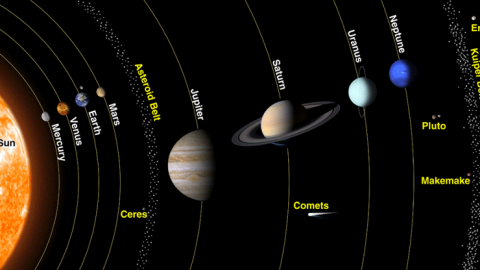
Not only can’t astronomers and planetary scientists agree, but the IAU made it worse for everyone.
If you were alive in 2006, you likely remember a momentous event in astronomy: the International Astronomical Union (IAU) took it upon themselves to redefine what it meant to be a planet. While eight of the nine classical planets in our Solar System were still in, from Mercury to Neptune, the smallest and most distant among them — Pluto — was out. Its demotion to the status of ‘dwarf planet’ was met with worldwide dismay, much to the chagrin of plutophiles everywhere.
What most people don’t realize is that until this resolution was made 13 years ago, there was no universally agreed-upon definition of a planet at all. In an interesting perspective over at Scientific American, Chris Impey discusses the history of how this fateful decision was made at the time. But in many ways, the definition created more problems than it solved. Here’s the story behind what it truly means to be a planet.
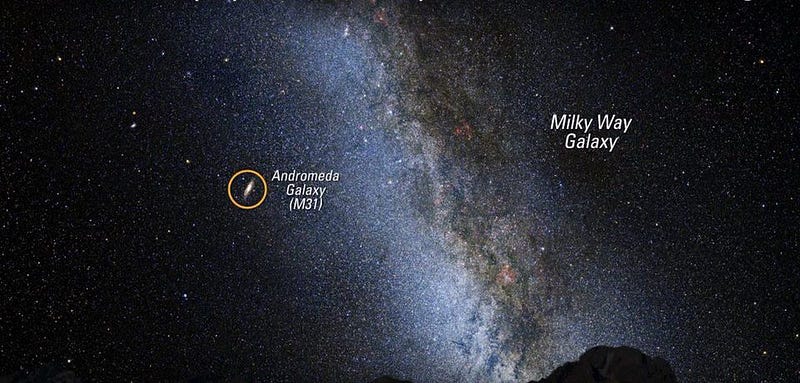
When you look out at the points of light in the night sky, it’s pretty easy to see that there are multiple classes of object out there. There’s the Moon, clearly unique among the astronomical objects. There are the nebulae: faint, extended objects that look akin to clouds, only they never move or change in appearance. There’s the Milky Way, an enormous silhouette of light and dark bands extending across the entire sky. And, occasionally, there are comets and other transient sights that come and go in relatively short order.
But most ubiquitous of all are the pinpoints of light dotting the night sky: stars and planets. Recognized to be different from one another thousands of years ago, stars twinkle and remain in the same relative position night after night, while planets don’t twinkle and wander through the sky from night-to-night. This wandering behavior — πλανήτης in Greek — is where the term ‘planet’ originates.
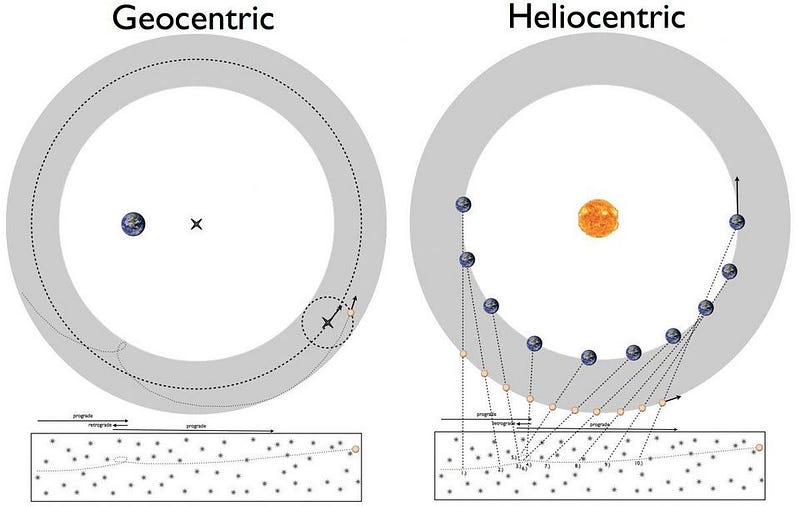
For generations, there was no need to codify anything further. There were only a handful of planets: Mercury, Venus, Mars, Jupiter, and Saturn. Even after Copernicus, Kepler, and Galileo came along, demonstrating the validity of heliocentrism, the phases of Venus, and the moons of Jupiter, that only served to demonstrate that Earth was no more significant — at least in astronomical terms — than any of the other planets.
The science of astronomy continued to develop, with larger, more advanced telescopes, the application of photography, and eventually the rise of modern computer systems, CCDs, and adaptive optics all increasing our knowledge and what we were capable of observing. The discovery of Uranus brought with it a 7th planet. Temporarily, Ceres became the 8th, although a deluge of small objects between Mars and Jupiter led to the general recognition that these objects were a new class unto themselves: the asteroids. Neptune became the permanent 8th planet, followed by Pluto in the 20th century becoming the 9th.
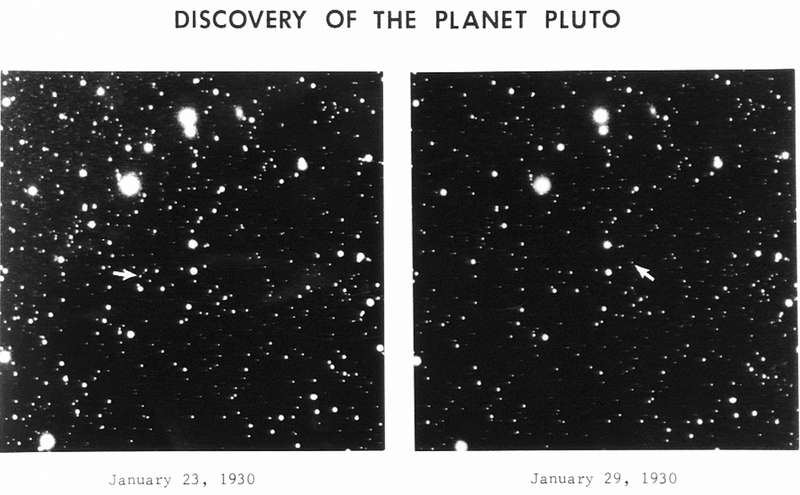
For nearly all of the 20th century, that was the story of our Solar System. We had nine planets, with Pluto being the outlier: smaller, farther, and very different from the rest. With astronomical advances, though, the need to revise how we thought about things would become an inevitability. Some of the unanswered questions about the Universe from 30 years ago would have to point the way to a superior classification scheme. Consider the following mysteries:
- Do stars other than the Sun have worlds that orbit them, and should they be considered planets, too?
- If our Solar System previously had planets that orbited the Sun but were ejected by gravitational interactions, should those orphaned worlds be considered planets?
- Were there additional objects out there in our own Solar System beyond Neptune, and was Pluto typical of them?
Fast forward from 1989 to 2019, and most of these questions — along with many others we might have asked — now have definitive, scientific answers.
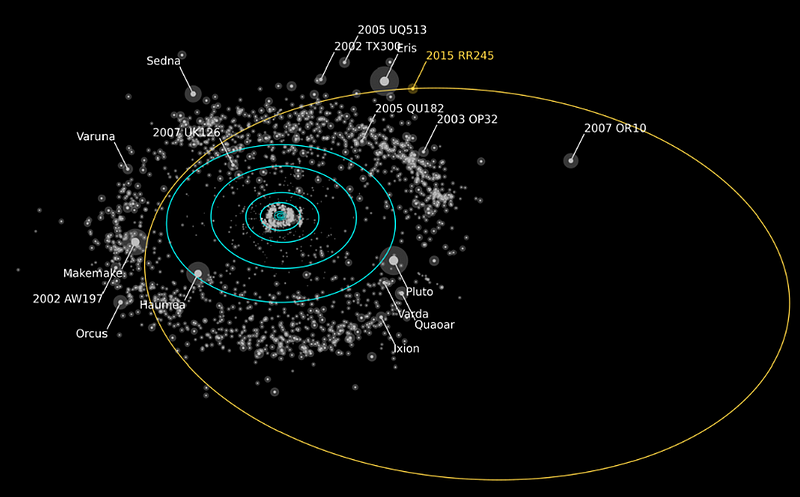
We’ve surveyed huge swaths of the outer Solar System, where we’ve discovered hundreds upon hundreds of trans-Neptunian objects out there. They have different colors from one another (with some redder and others bluer), a wide variety of orbital properties, and they appear to cluster into a disk-like configuration: the Kuiper belt.
Many of the largest objects are massive enough to pull themselves into hydrostatic equilibrium: the spheroidal shape a massive body takes on owing to its mass, angular momentum, and the presence of any satellites. One of them — now known as Eris — is even more massive than Pluto, while a former Kuiper belt object, Triton, is both more massive and larger than Pluto, but was captured by Neptune back in pre-Cambrian times.
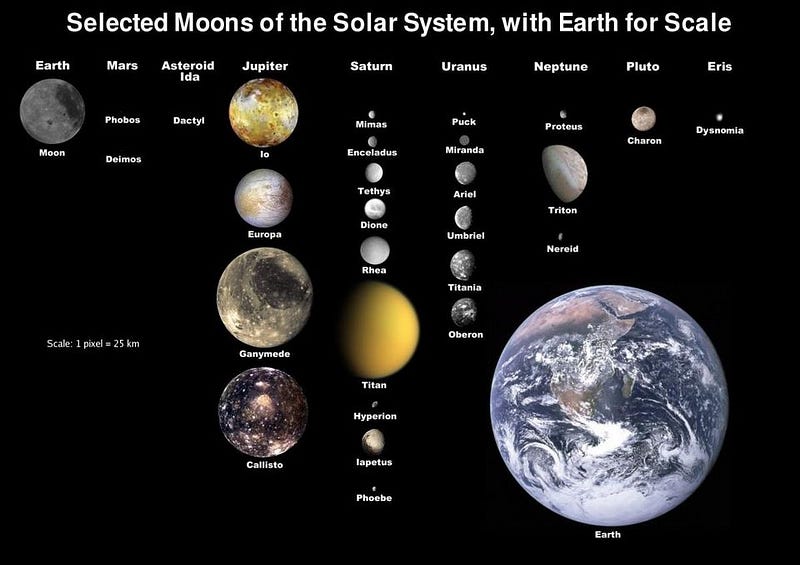
Meanwhile, our understanding of planet formation has advanced tremendously. We’ve been able to directly image newly-forming solar systems, discovering protoplanetary disks complete with gaps, hot spots, and other evidence for planets in the process of forming. At the same time, our simulation power has increased accordingly, enabling us to understand the presence of soot lines, frost lines, and how planets and moons form.
The cores of planets form first, followed by material from the outer portions of early solar systems falling onto those cores, creating the mantles of planets. Finally, if a protoplanet has the right properties, it can hold onto a volatile atmosphere of mostly hydrogen and helium, leading to the formation of a gas giant world. Early planets merge, migrate, or gravitationally interact. When we look at a solar system today, all we see are the survivors.

In addition, our understanding of exoplanetary systems has literally exploded. We have now identified and confirmed thousands of worlds around stars other than the Sun, owing to a variety of techniques but most prolifically to the Kepler mission and its work on transiting planets.
Today, we can look at this enormous suite of data and recognize that, of all the worlds we’ve discovered, the vast majority of them are also the easiest to discover: close-orbiting planets, mostly around low-mass stars. Even with that, we’ve come to understand that there are four categories of planet:
- the low-mass worlds that have either no atmospheres or thin atmospheres, including Earth-like worlds,
- the intermediate-mass worlds that can hold onto thicker atmospheres, from super-Earths up to Saturn-like worlds,
- the high-mass worlds that begin to experience gravitational self-compression, including Jupiter-like worlds,
- and the worlds that can begin fusing heavy isotopes of hydrogen in their core: brown dwarfs, which are also known as failed stars to astronomers.
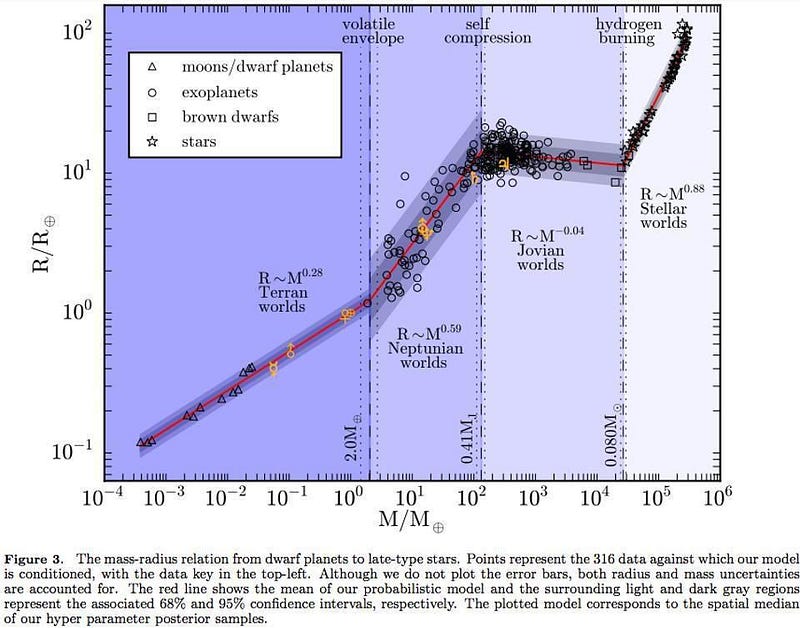
Armed with all of this knowledge, what should we do? Where should we draw the line between planet and non-planet?
It’s a complicated question with no easy answer.
Some claim that any object massive enough to pull itself into hydrostatic equilibrium should be a planet. Although this is a common position among planetary scientists, it would add 107 additional planets to our Solar System, including 19 moons and 87 trans-Neptunian objects.
Some claim that any object that formed similarly to our eight planets should remain a planet, regardless of its present location. But orbiting a star is a meaningful, important criteria, as is (potentially) orbiting with a certain set of physical parameters. Scientists are not unified.
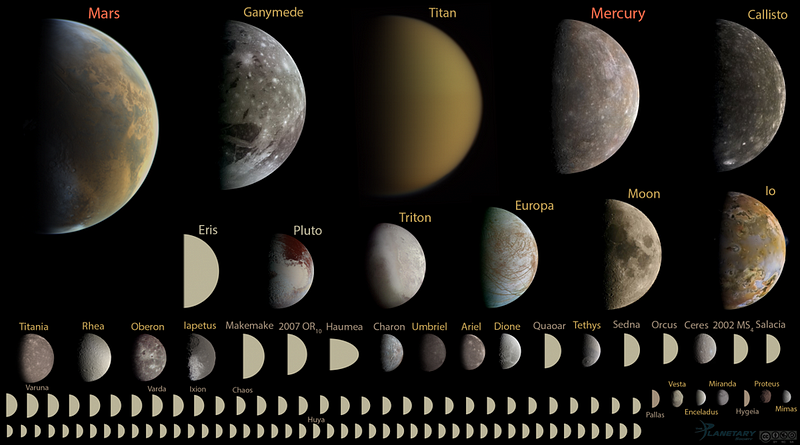
What the IAU decided back in 2006, however, may offer the worst of all worlds. The resolution they adopted held that if a body met the following three criteria, it was a planet.
- It needs to be in hydrostatic equilibrium, or have enough gravity to pull it into an ellipsoidal shape.
- It needs to orbit the Sun and not any other body.
- And it needs to clear its orbit of any planetesimals or planetary competitors.
In other words, only the Sun can have planets; exoplanets would be excluded. “Clearing its orbit” is ambiguous and is extraordinarily difficult to assess for even our own Solar System. But there is a definition that would make sense, based on astronomically measurable parameters alone.
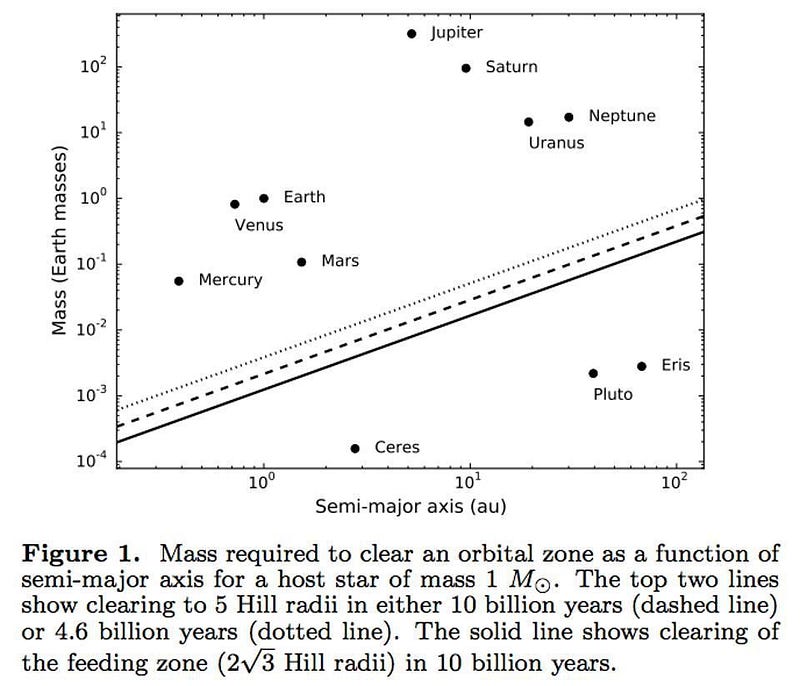
Sure, pulling yourself into hydrostatic equilibrium is something most scientists can agree is necessary to be granted planetary status, but it’s hardly sufficient. Planetary scientists may be content with looking at the geophysical properties of a world in determining its planetary status, but astronomers demand more. A relatively recent study by Jean-Luc Margot put forth a definition that any object should be considered a planet if it meets the following requirements.
- They orbit their parent star.
- They dominate their orbits in terms of mass and orbital distance.
- They would clear out any debris in their orbit in well under 10 billion years.
- And their orbits, barring any outside influences, will be stable as long as their star exists.
For our Solar System, this would yield 8 planets, would not be dependent on unobservable properties, and could be easily extended to exoplanetary systems.
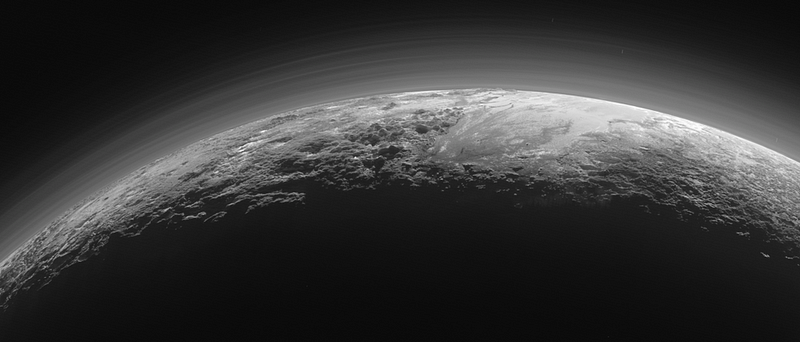
There are many people who would love to see Pluto regain its planetary status, and there’s a part of me that grew up with planetary Pluto that’s extraordinarily sympathetic to that perspective. But including Pluto as a planet necessarily results in a Solar System with far more than nine planets. Pluto is only the 8th largest non-planet in our Solar System, and is clearly a larger-than-average but otherwise typical member of the Kuiper belt. It will never be the 9th planet again.
But that’s not necessarily a bad thing. We may be headed towards a world where astronomers and planetary scientists work with very different definitions of what attains planethood, but we all study the same objects in the same Universe. Whatever we call objects — however we choose to classify them — makes them no less interesting or worthy of study. The cosmos simply exists as it is. It’s up to the very human endeavor of science to make sense of it all.
Ethan Siegel is the author of Beyond the Galaxy and Treknology. You can pre-order his third book, currently in development: the Encyclopaedia Cosmologica.





